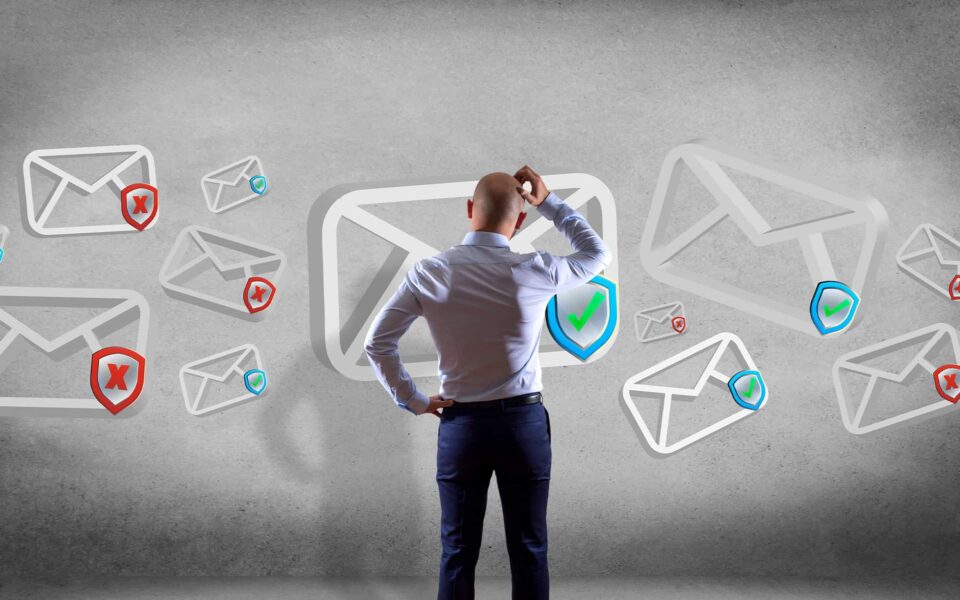Email and online notes are two standard tools we use to manage our lives. While they might seem similar at first glance, there are significant differences between regular email and secure online notes. Understanding these differences is crucial for maintaining privacy and securing sensitive Information.
Regular email – Convenience and connectivity
Email has revolutionised communication, allowing us to connect and exchange messages instantly with anyone worldwide.
- Universal adoption – Email is widely adopted and accepted as a standard form of communication. Almost everyone has an email address, making it easy to reach others and conduct business online.
- Real-time communication – Emails are delivered instantly, enabling real-time conversations and exchanges of Information.
- Attachment support – Emails allow users to attach files, such as documents, images, and videos, making sharing and collaborating on projects convenient.
- Organisational Tools – Email platforms offer features like folders, labels, and users to organise their messages efficiently.
- Collaboration and group communication – Organises group conversations and collaborations through features like CC (carbon copy), BCC (blind carbon copy), and mailing lists, making it easy to communicate with multiple people at once.
While email is incredibly convenient and helpful for day-to-day communication, it has limitations regarding security and privacy. Regular email typically lacks strong encryption, leaving messages vulnerable to interception and eavesdropping. Additionally, emails are stored on servers, often in multiple locations, making them susceptible to unauthorized access and data breaches.
Secure notes
Privacy and Information Secure unauthorized notes online, encrypted, or private notes are designed to focus intensely on privacy and data security. They offer a safe and confidential space for individuals to store sensitive Information, thoughts, and ideas.
- Strong encryption – Secure notes are encrypted, meaning the content is scrambled and can only be accessed by authorized users with the correct decryption key or password. This encryption authorises the privacy of your notes, ensuring that even if someone gains access to your device or the server storing your notes, they won’t be able to read the content without the correct key.
- End-to-end encryption (E2EE) – End-to-end encryption is a feature some secure note-taking applications offer. With E2EE, your notes are encrypted on your device before they are sent to the server, ensuring that no one, not even the service provider, can access the unencrypted content.
- Data privacy – Secure note-taking applications prioritize data privacy, ensuring that your notes are not accessible to third parties and prioritizing your explicit consent. Reputable services will have clear and transparent privacy policies outlining how your data is handled, stored, and protected.
- Password protection – Secure notes are often protected by strong passwords or passphrases, adding an extra layer of security. Some applications may offer two-factor authentication (2FA), requiring an additional code or biometric identification to access your notes.
- Self-destructing notes – Some secure note-taking applications offer a unique feature – setting a self-destruct timer on your notes. This means the note will automatically delete itself after a specified period, reducing the risk of sensitive Information falling into the wrong hands.
By choosing secure notes for Sensitive Information, you rest assured that your data is protected from unauthorised access and potential breaches. As we navigate the digital lands, capitalise to balance convenience and security, leveraging the right tools for the proper purposes.


